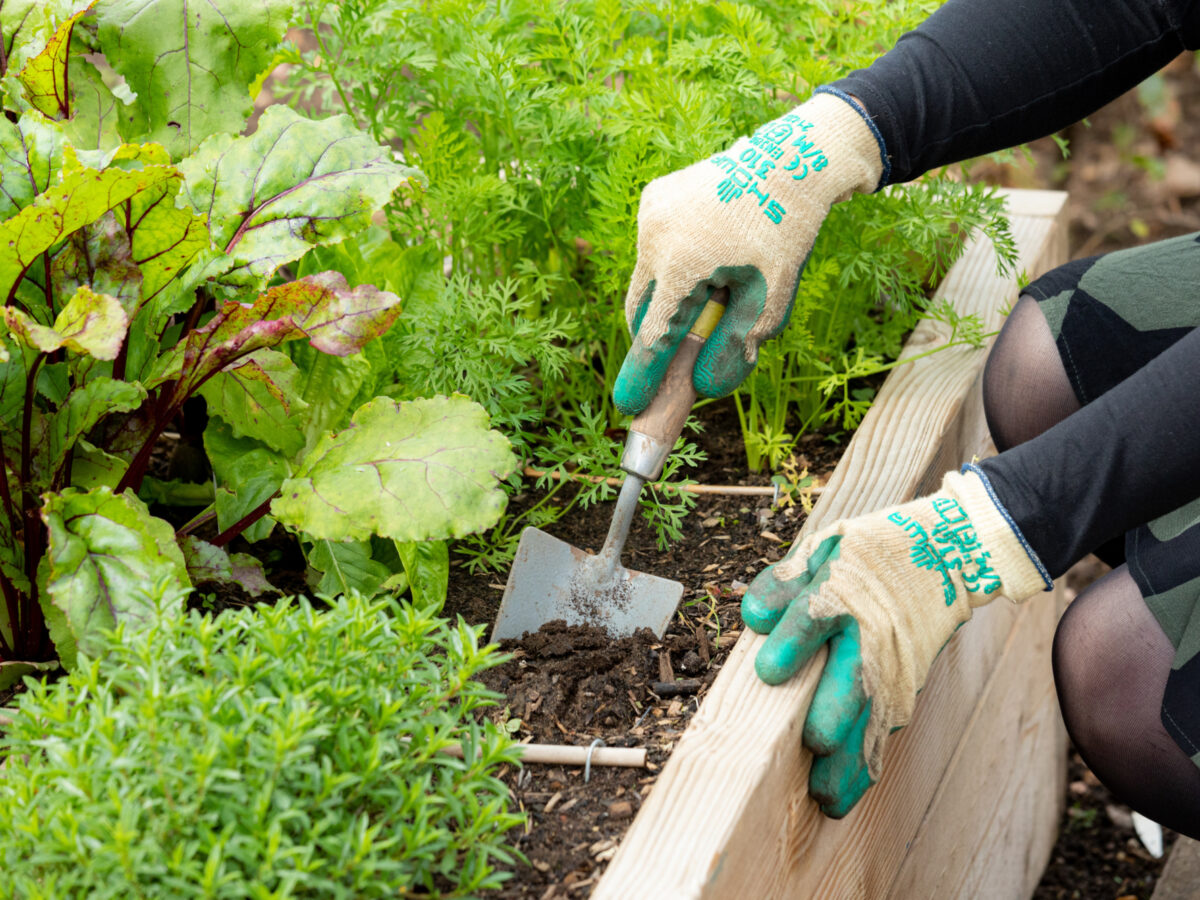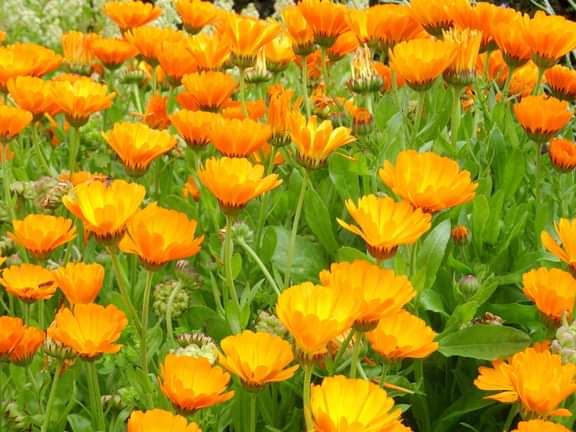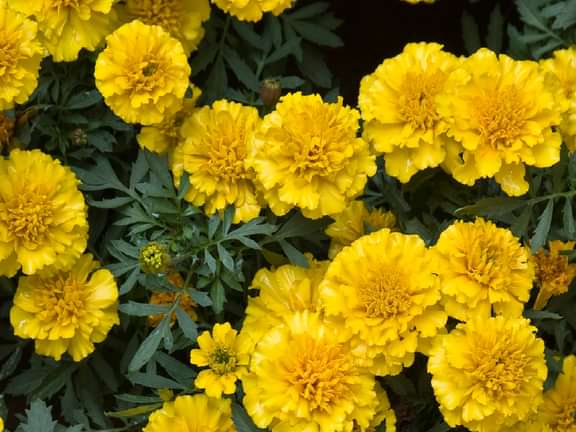Edible flowers growing guides
For more on how to grow:
-
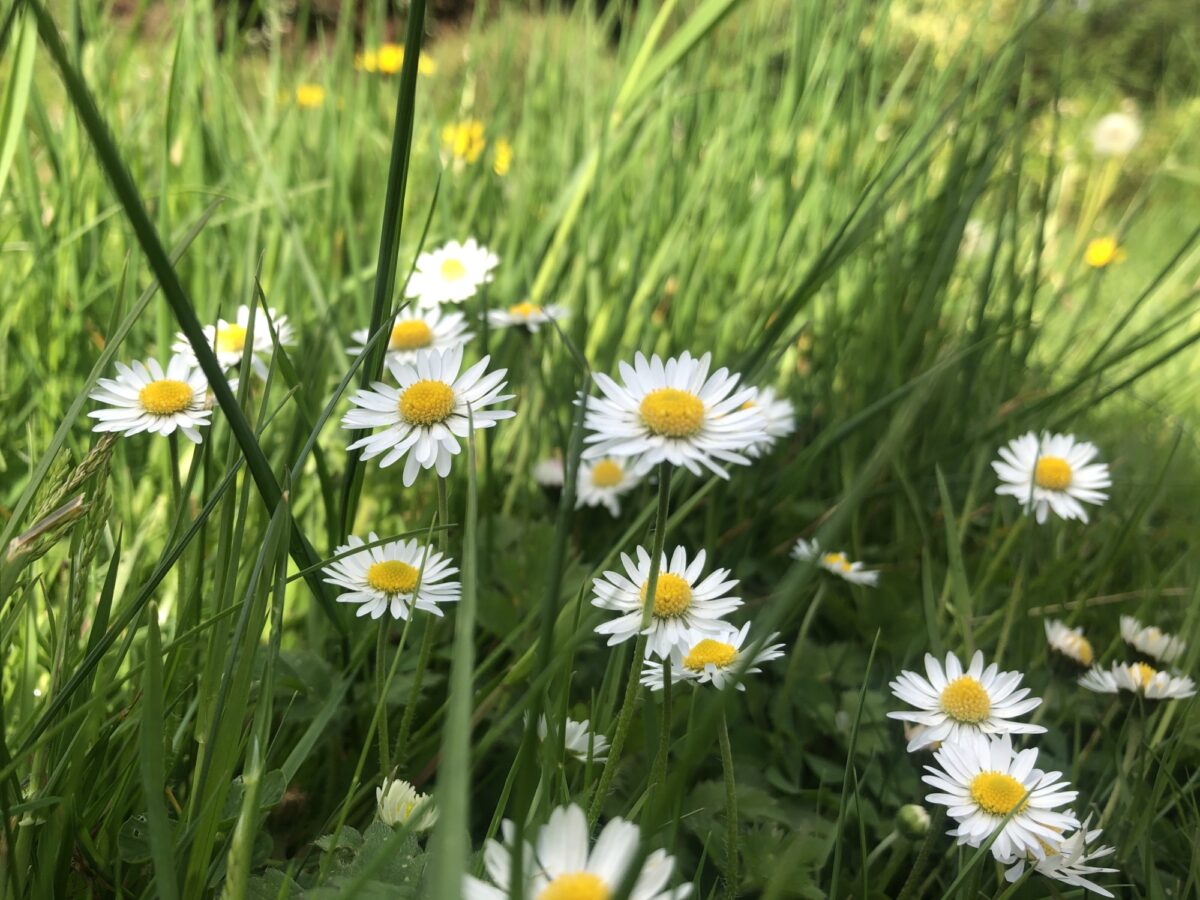
How to grow lawns
A lawn or patch of grass is not just a blank green carpet, but composed of thousands of separate plants. Organic lawns can feed birds and insects, as well as hosting flowers. And you can still mow, sit or play on it!
-
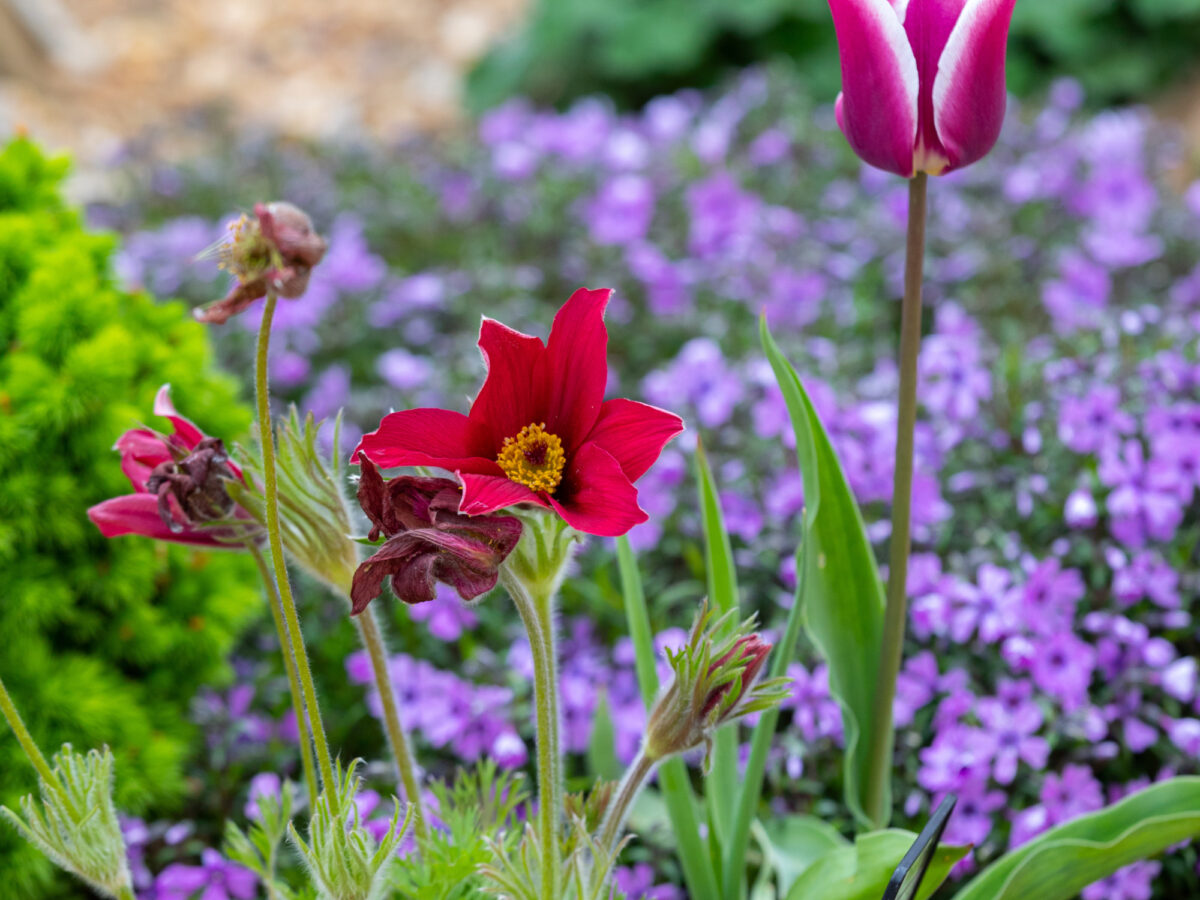
How to grow flowers
Flowers are often referred to as ‘ornamentals’, but they don’t just look good, they can be an essential part of your organic growing, attracting beneficial insects, used in companion planting in your veg patch, and some you can even eat!
-

Green manures growing guides
Green manures are quick growing, so the process is simple. You sow, they grow - and then you dig them in. In just a few weeks green manures can benefit the soil. In these guides, learn how to make green manures work for you and your garden.
Frequently asked questions
-
A good selection for sowing early might be: Limnanthes douglasii (poached egg plant), Calendula (pot marigold), and Eschscholtzia ( Californian poppy). The green manure crop, Phacelia tanecetifolia is irresistible to bees if left to flower.
There is a good selection available in the flower seeds section of the Organic Gardening Catalogue. Each flower has a symbol next to it to denote which creatures are attracted to it. Pick a selection that will attract a range of insects. Hoverflies are great for controlling aphids, whilst bees are for pollination.
Garden Organic members can see our factsheets:
- Flowers for the wildlife garden
- Attracting beneficial insects
-
There are several possible causes of non-flowering or 'blindness' in daffodils. Daffodils multiply every year, with the parent bulb producing several smaller, younger bulbs that are not large enough to flower. The parent bulb often dies before these immature bulbs reach flowering size. Keeping the bulbs well fed should help. Apply a high potash feed, such as organic potash, and follow up with fortnightly applications of a liquid feed such as Organic Plant Food Concentrate. Both products are available from the Organic Gardening Catalogue
It may be that the foliage was not allowed to die down naturally last year, i.e. cut off or tied up in knots or elastic bands. This prevents nutrients, made in the leaves, returning to the bulb to be stored for the following years growth. Foliage should be left on the plant or not removed until at least eight weeks after flowering ends.
With newly planted bulbs, if they have not been planted deeply enough, during the summer it is possible that the flower buds have dried out and died. If this is the case then dig up the bulbs in April/early May (before the foliage dies down) and plant them deeper. There should be two times the height of the bulb of soil above the bulb. For example, if the bulbs are 2.5cm tall then plant them 7.5cm deep, allowing 5cm of soil above the bulb.
Another cause may be the Narcissus fly. These pests may have eaten the flower buds. To reduce damage next year, hoe around the bulbs to expose any larvae present to cold and predators and make sure that there are no large cracks in the soil for narcissus fly to enter. It may be necessary to cover the plants with fleece, burying the edges to prevent adult flies reaching the bulbs.
